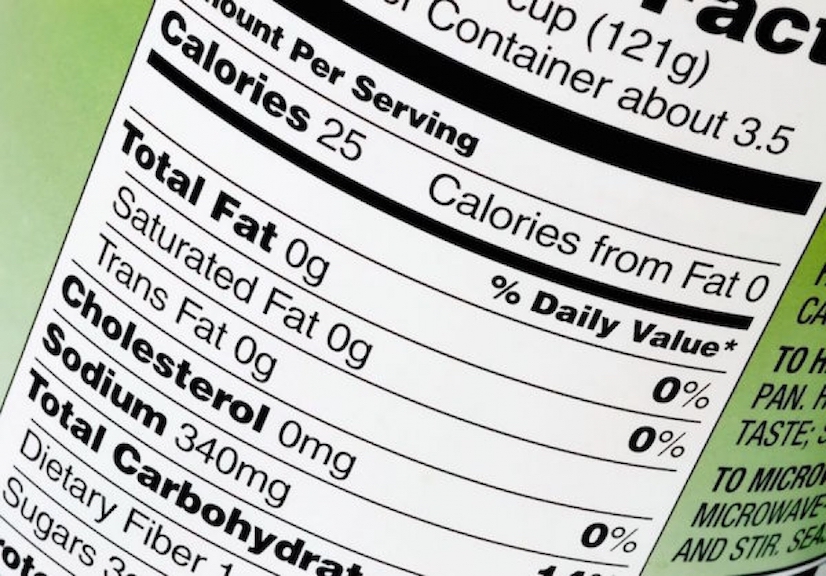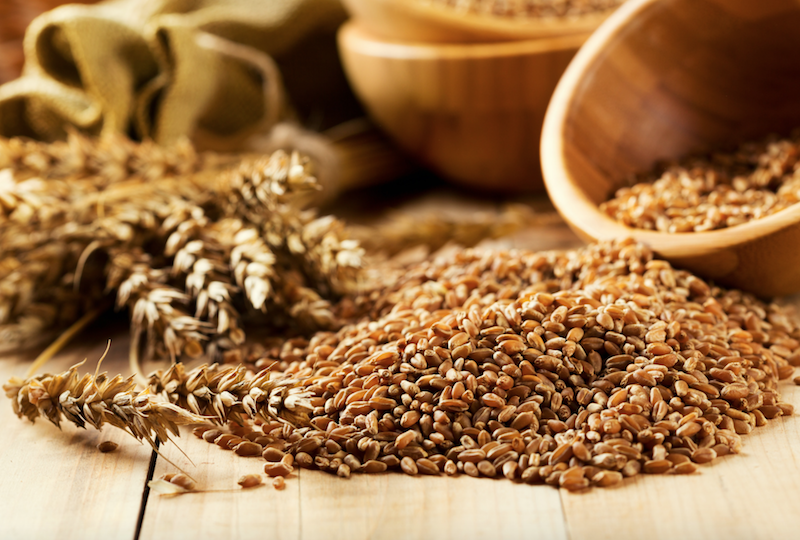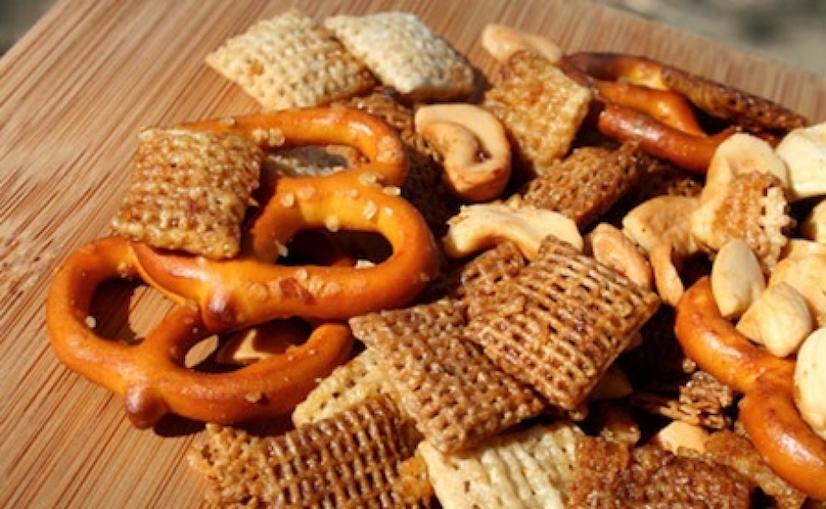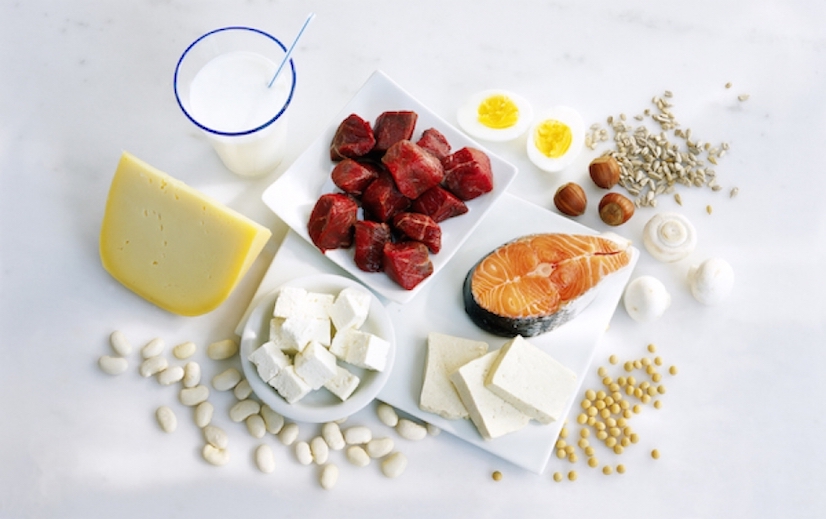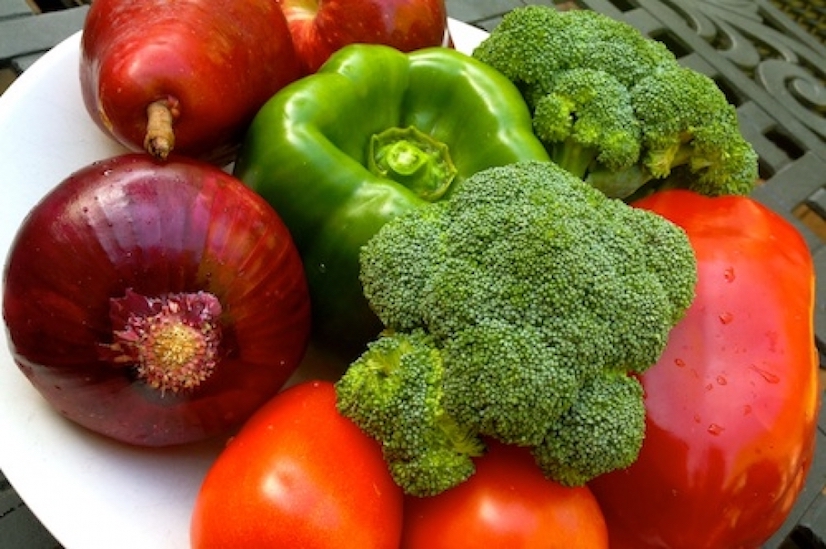All food labels list the number of “calories” in a given serving of food. This information is typically displayed directly below or around the serving size. The calorie is a basic unit of measuring the amount of “energy” the body obtains when different foods are consumed. Since consuming too many can lead to unnecessary weight gain and other health problems, it’s important to track the number of calories in any foods you eat.
Calories are obtained from three essential macronutrients, which you probably know as carbohydrates, fat and protein. Each of these macronutrients is measured in grams. Carbohydrates and protein yield about four calories per gram while every gram of fat yields about nine calories. So, a food with 10 grams of protein would contain 40 calories from protein while a food with 10 grams of fat would contain 90 calories from fat.
Since fat yields more than twice as many calories as the other macronutrients, the number of “calories from fat” is generally depicted on food labels.
Related Article: Macronutrients: Three Key Essentials of Healthy Eating
Foods classified as “high-fat” are those in which the amount of calories from fat exceeds 25-35% of the total calories. For instance, a serving of avocado contains 160 calories and 15 grams of fat. Multiply the number of fat grams by nine and you’ll get 135 calories from fat. This is nearly 85% of the total calorie count so avocado is undeniably a high-fat food. Foods like nuts, seeds and olive oil are similarly high in fat.
But, don’t be misled, as these foods are incredibly nutritious and there are countless other nutritious foods that carry relatively high calorie and/or high fat counts like whole grain carbohydrates, legumes (peas, beans and lentils), and fatty fish.
This is an especially important point to consider, as food manufacturers often brand “low-calorie”, “low-fat” and/or “fat-free” on the fronts of product packages in an effort to appeal to diehard calorie counters and weight watchers. I’m sure you’ve seen such brandings on foods like pretzels, fruit juice and flavored waters, breakfast cereals, baked chips, low-fat ice cream, fat-free salad dressings, and 100-calorie snack packs.
Related Article: Simple Strategies for Deciphering Food Labels
While eating these foods may support your efforts to create calorie deficits and lose weight, they serve no useful purpose in your diet.
At the end of the day, it’s important to eat sensibly by keeping tabs on your calories as well as your intakes of fat and other macronutrients but this should never be done at the expense of good nutrition. Exercising portion control is also critical, as too much of a good thing can surely lead to weight gain and other health problems.
Related Article: A Simple Guide to Eating Sensibly
Still, bear in mind that a 200-calorie portion of almonds will always be more nutritious than a 100-calorie snack pack.

